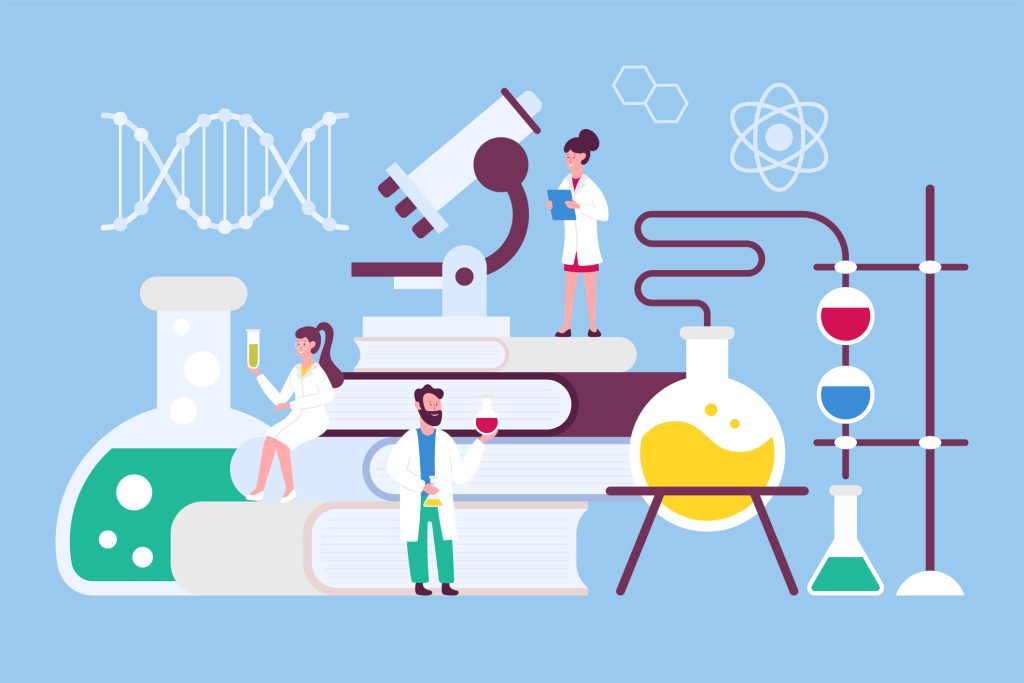Discovery researchers have a wide range of responsibilities, and the total time they can devote to searching for scientific evidence and data is relatively small compared to their overall workload. Owing to how important this element of their role is, it’s crucial that they have the right tools at their disposal to ensure they are as efficient and thorough as possible when they conduct research.
Now, AI-powered solutions are proving capable of streamlining the work of discovery researchers like never before. Are there any limitations early researchers should consider when using generative AI tools, and what should researchers keep in mind when evaluating how to responsibly employ AI functionality?
The Strengths and Limitations of AI Tools for Research
Many researchers are now using generative AI chat tools to help them summarize the science in large sets of documents and get up to speed on areas of science new to them in a much quicker way than before; instead of reading a pile of papers, they can read the summary and focus on what is important to them.
However, in discovery research, there are some special circumstances to keep in mind that can complicate the use of LLM-based AI systems in exploring data and scientific evidence. When searching for established facts, many of the emerging AI chat tools will readily produce what is supposed to be the state of current understanding or summaries of current research in complex areas. Nonetheless, you should double check these results for accuracy; these tools may not be accurate and effective when you’re looking for new or novel research.
LLMs are becoming embedded in many areas of pharma research. Despite this, they are only one tool in the arsenal of discovery researchers and other professionals in the pharmaceutical industry. A recent study has shown that a significant percentage of AI-assisted work is not related to LLMs. Graph-based AI and other machine learning approaches are more appropriate in a wide spectrum of activities.
There are other factors to keep in mind, as well. The quality of an AI tool depends on the quality of the data that was used to train it. However, when an LLM-based AI system is trained, its training data is not openly disclosed. This makes it difficult to ascertain the origin of the information that the AI tool provides in a certain output. This can be troublesome for drug discovery where explainability and the provenance of data are essential.
Therefore, discovery researchers should treat results that are generated by an LLM-based AI system with suitable caution and conduct controlled experiments in the same way as they do in the lab to understand how to assess the value and accuracy of the AI output.
It’s also critical to consider copyright when using AI tools with third-party content.
A Solution to Address the Challenges of Drug Discovery Research
CCC’s RightFind Navigate reduces the likelihood that you’ll miss out on critical information while spending less time learning separate interfaces. By bringing together licensed third-party data sources with internal proprietary information and publicly available resources, searches can be conducted across multiple content types — including scientific articles, clinical trials, grants, preprints, patents, and more.
CCC has been an industry leader in the discussions about generative AI and copyrighted materials, and our approach to introducing AI-enabled features keeps these responsibilities top of mind. With a focus on supporting organizations in responsibly and effectively employing generative AI, RightFind Navigate is currently operating a beta release of AI Chat functionality.
While RightFind Navigate has leveraged machine learning for personalization and contextualization of content for some time, generative AI features are an exciting forefront of innovation that we are approaching optimistically, but with the caution and careful considerations our clients in the highly regulated life science industry depend on.
Drug discovery research is a critical component of life science organizations. The rapidly evolving information landscape for those in early research roles demands technology solutions that prioritize the functionality essential to drug discovery. Ultimately, the best solutions must amplify researchers’ expertise and help organizations deliver transformative therapies to the market more quickly and efficiently than ever before.
Keep Exploring
Visit the RightFind Navigate page to gain more insights into how the solution can help researchers solve many of the challenges they face around search, including staying current within their fast-moving fields while remaining copyright compliant.

